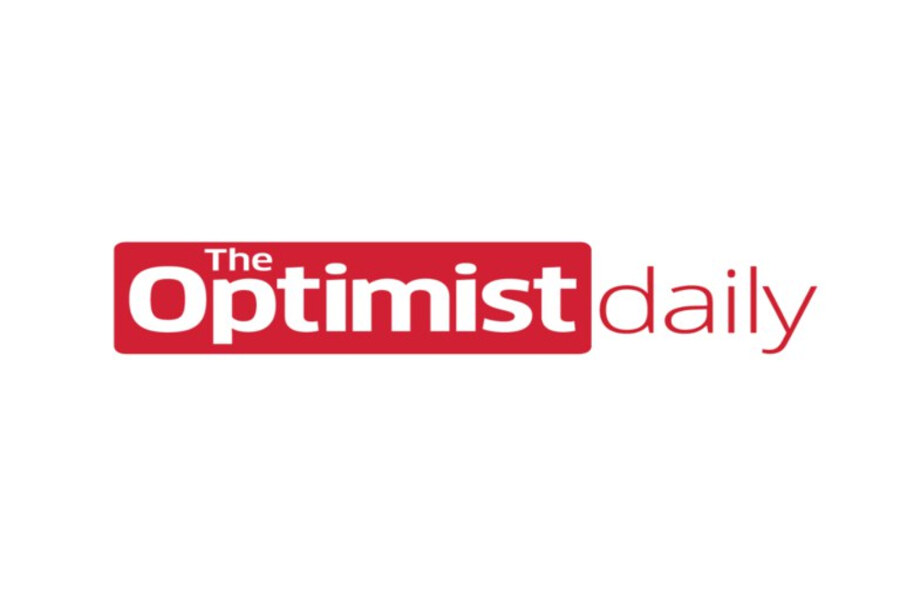From The Intelligent Optimist
Summer 2016
On most mornings, the majestic snowcapped Alborz Mountains that envelope Tehran are obscured by a curtain of smog. Many of the bustling city’s 14 million residents have become accus-tomed to seeing the mulberry trees bloom and the winter’s first snowfall through a thick gray, and sometimes orange, haze.
Chronic air pollution, part of Iran’s pressing environmental crisis, is quite visible in Tehran and elsewhere in the country. The city of Zabol is number one on the World Health Organization’s 2016 list of the world’s most polluted cities. As drought, smog alerts and dust storms sweep the country, so do the citizens’ calls for environmental reform. Iran’s supreme leader, Ayatollah Ali Khamenei, is joining the campaign to address, in roughly his own words, the need to “manage climate change and environment threats such as desertification, especially dust pollution [and] drought.”
In a 15-point directive, he called for supporting “eco-friendly investments” and developing public transportation systems that wouldn’t rely on fossil fuels. The directive is meant to serve as a guideline for the government’s three branches in shaping future legislation and initiatives. On Earth Day this year, Iranian foreign minister Mohammad Javad Zarif signed the historic Paris Agreement on climate change, an international accord that seeks to significantly reduce greenhouse gas emissions.
To encourage more investment in renewable energy by the private sector, Iran is offering producers a 20-year guarantee to purchase electricity generated by renewable sources. And Iran will pay foreign investors 15 percent more for electricity, provided they construct generating plants using equipment manufactured in Iran. Perhaps all these sown seeds will yield some fruit. | Sara Beladi











